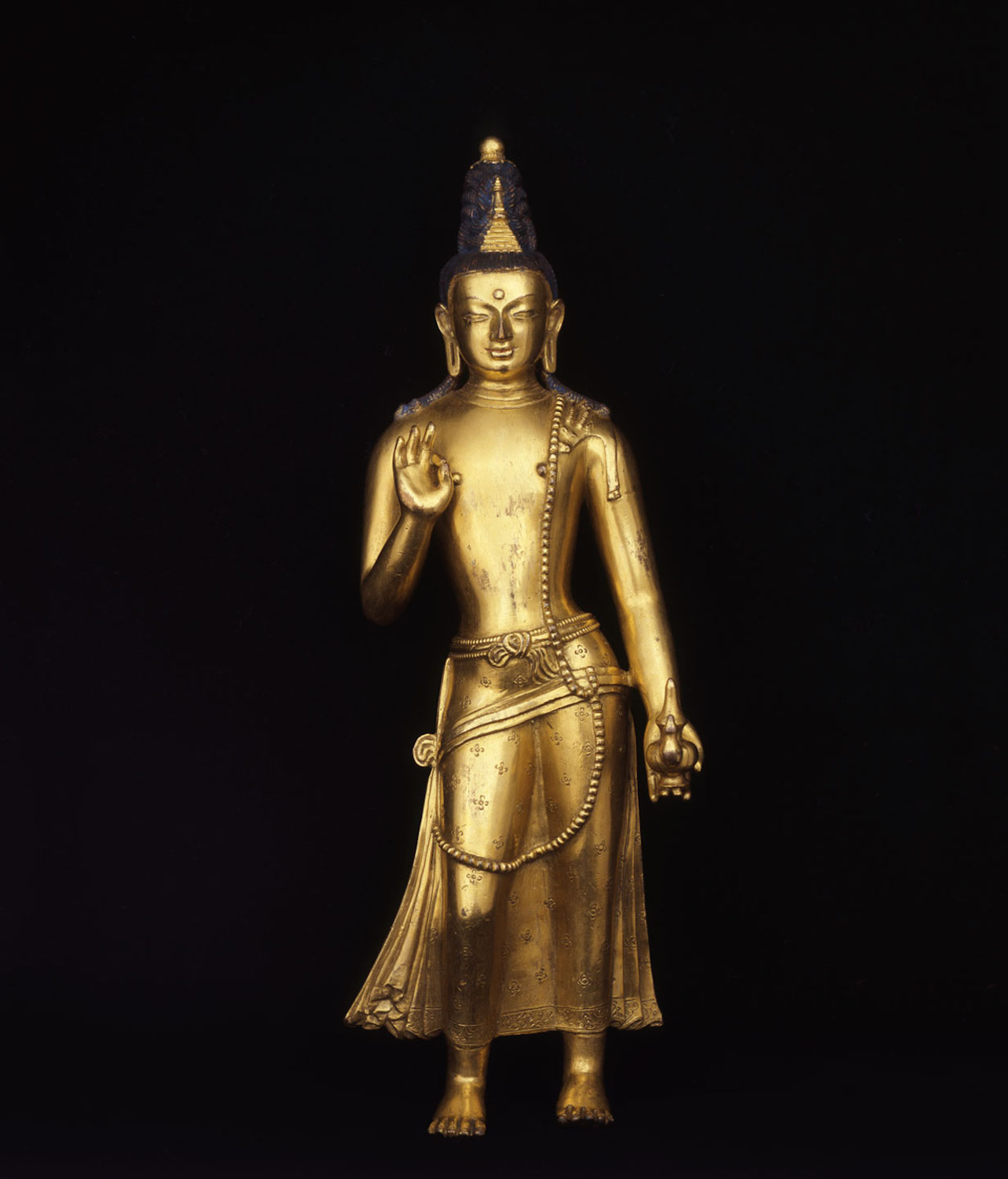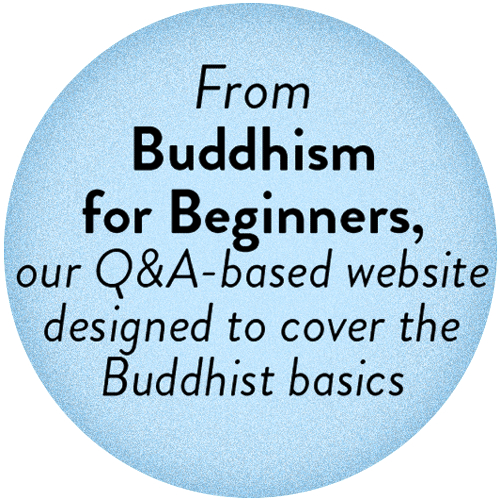
Why do Buddhists talk about many Buddhas?
Often when we speak of “the Buddha,” we mean the historical figure Siddhartha Gautama, who attained enlightenment and began teaching the dharma around 2,600 years ago. But Buddhist tradition holds that this individual—also known as Shakyamuni Buddha—was only one in a series of awakened ones that stretches back into the distant past and extends into the farthest reaches of the future.
Of the many buddhas who preceded Shakyamuni, one of the most important was Dipamkara. His name means “light maker”: it is said that at his birth many lamps appeared and that he predicted Shakyamuni’s enlightenment.
After a long period, Dipamkara’s teachings faded and were forgotten. Then came a succession of other buddhas, leading up to Shakyamuni, the buddha of our era. In the distant future, after a similar decline, it is said a buddha named Maitreya will emerge. Dipamkara, Shakyamuni, and Maitreya are often depicted in a triad representing past, present, and future. Past buddhas and future buddhas are objects of devotion that exist eternally and are available to those who seek them.
Although buddhas are infinite in a cosmic sense, the appearance of one in our world is rare. Buddhist cosmology describes a vast array of worlds of which ours is only one. Each of these worlds is overseen by a buddha, and rebirth in these worlds, known as buddha-fields, is the goal of many Buddhists.
Two of these prominent buddhas are Amitabha (Japanese, Amida), the Buddha of Infinite Light, and Bhaishajyaguru, the Medicine Buddha.
Amitabha Buddha is central to Pure Land Buddhism. He rules over the Western paradise of Sukhavati, literally “blissful land,” a place where enlightenment is much easier to achieve than elsewhere.
Bhaishajyaguru is the patron of doctors and healers and rules over an Eastern paradise. Rays of light that emanate from his blue body illuminate the world so that practitioners will never be in darkness. Devotion to him is said to ensure longevity, wealth, and prestige.
The Eastern and Western paradises are both said to be located trillions of buddha-fields away from our (impure) realm, which gives an idea of the epic scope of Buddhist cosmology.
Many other buddhas also reside in Pure Lands across the cosmos, serving as objects of reverence.
The post Buddhas Across the Cosmos appeared first on Tricycle: The Buddhist Review.
from Buddhism for Beginners – Tricycle: The Buddhist Review
https://tricycle.org/magazine/buddhas-across-the-cosmos/
from https://tricycle.org
#buddhism

No comments:
Post a Comment